The
Evolution of the Noble Discipline of
SHITO-RYU KARATE-DO
The origin of today's four major Japanese karate-do systems can be traced to a group of islands known as the Ryukyu Island chain during the 18th century. Located between Japan (North-East), mainland China (West), and Taiwan (South-West), Okinawa, the largest of the islands had an indigenous martial art form that was being secretly practiced called 'TE' or 'HANDS'. This ideal location allowed Okinawa to be heavily influenced by an open cultural exchange with Asia, especially China. During this era, the secret method of 'TE' was combined with various Chinese martial arts fighting styles that evolved into a system referred to simply as 'TO-DE' or 'CHINESE-HAND'.
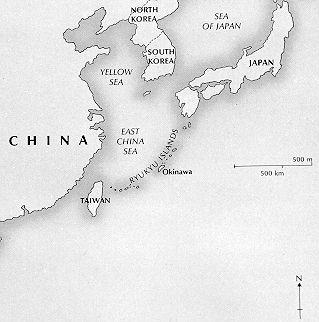
Three main areas eventually came into prominence on Okinawa as the centres for the practice of 'TO-DE'. They were, SHURI, the ancient capital city of Okinawa where the king and noble families lived, NAHA,Swiss Clone Watches a port town of business and commercial enterprise, and TOMARI, a village populated mostly by farmers, fisherman, and country people. Each location had developed a unique style of 'TO-DE'.
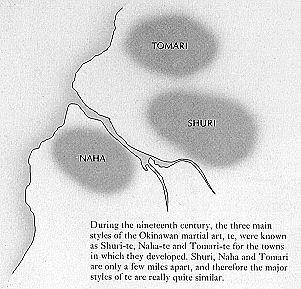
TOMARI
In Tomari, two great masters became important historical figures in the development TOMARI-TE. They were, Kokan Oyadomari (1831-1905) who taught Chotoku Kyan (1870-1945) and Kosaku Matsumora (1797-1898), who taught Ankoh Itosu (1830-1915).
NAHA
| Naha's most famous master in the development of 'NAHA-TE' was Kanryo Higashionna (Higaonna, 1853-1915). He received instruction from master Arakaki (1840-1918). Master Higashionna taught many students including Chojun Miyagi (1888-1953), the founder of 'GOJU-RYU',and Kenwa Mabuni (1889-1952), the founder of 'SHITO-RYU'. | 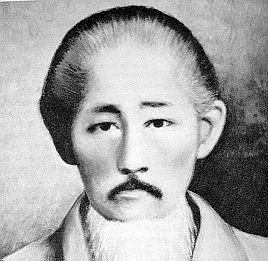 Kanryo Higashionna (Higaonna) (1853-1915) |
SHURI
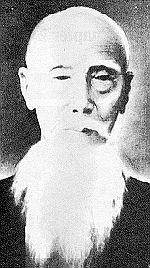 Pechin Sakugawa (1733-1815) |
Shuri's main teacher in the development of 'SHURI-TE' was master Sakugawa (1733-1815), who was widely known by the nickname of 'TO-DE SAKUGAWA'. He is believed to have received his instuction from Peichin Takahara and from a Chinese military attache‚ known as 'KU-SAN-KU', who was an expert in the art of 'Chinese-Boxing' and living in Okinawa around 1761. Tode Sakugawa's most prominent student was Sokon Matsumura (1809-1894) who was also Yasutsune 'Ankoh' Itosu's teacher. |
The system of the Tomari region became absorbed into the Shuri and Naha systems because of lack of development in Tomari. This gradually left only two main systems, Shuri-te and Naha-te. Eventually, they were referred to as 'SHORIN' and 'SHOREI' respectively.
|
Ankoh Itosu was born in Shuri and became one of the most respected martial artists in Okinawa during the 19th century. Master Itosu was the first person to introduce 'TO-DE' into the Okinawa Dai Ichi Jr. High School and the Okinawa Teachers Jr. College school system. One of his great contributions to the art of 'TO-DE', was the firm belief of the importance of the development of person's character through the concentration on 'KATA' (form patterns) and 'BUNKAI' application practice. Master Itosu also organized and systemized 'TO-DE' into a standard method of practice. When he first began teaching in the school system, the introduction of the kata Naihanchin was his preferred way to teach. He soon realized that this kata was far too advanced for the beginner, which lead to master Itosu creating a group of new kata, the PINAN's. The creation of 5 Pinan (alternate reading as HEIAN) kata was based on the kata called Kusanku and some other significant techniques. Master Itosu trained a great number of eminent karatemen, including Kentsu Yabu (1863-1937), Chomo Hanashiro (1869-1945), Gichin Funakoshi (1867-1957), Moden Yabiku (1880-1941), Kanken Toyama (1888-1966),Chotoku Kyan (1870-1945), Shinpan Shiroma (1890-1954), Anbun Tokuda (1886-1945) and Kenwa Mabuni (1889-1952). |
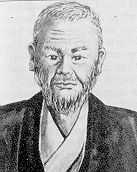 Ankoh Itosu (1830-1915) |
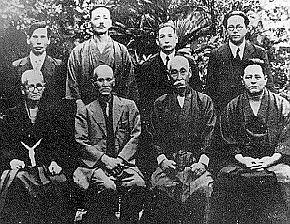
Back (L-R) Shinpan Shiroma, Choryo Maeshiro, Choshin Chibana, Genwa Nakasone.
Front Chotoku Kyan, Kentsu Yabu, Chomo Hanashiro, Chojun Miyagi
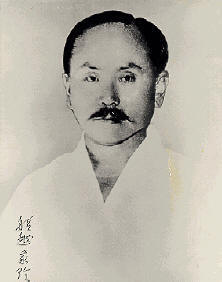
Gichin Funakoshi
|
Kanryo Higashionna (alternate reading as HIGAONNA) was born in Naha in 1853. He began training in the martial arts with a Chinese Kempo stylist when he was around 16 years old. His fascination for this Chinese fighting-art form lead him to train in Foochow, China for approximately 15 years. After returning to Okinawa, he was eventually convinced to teach his system of martial arts. It was during this period that he introduced the 'HARD' and 'SOFT' methods of training. Master Higashionna was renown for his great physical strength and his performance of the 'SANCHIN' kata. Kanryo Higashionna was also considered to be one of the most highly respected martial artists in Okinawa during the 19th century. Master Higashionna had many disciples among whom were his most dedicated, Chojun Miyagi (founder of GOJU-RYU), Juhatsu Kiyoda (founder of TOON-RYU), Kanken Toyama, and Kenwa Mabuni (founder of SHITO-RYU).
Baume & Mercier Replica Watches |
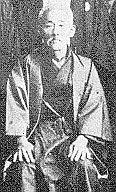 Kanryo Higashionna (1853-1915) |
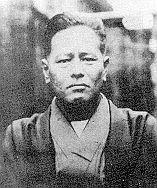 Chojun Miyagi |
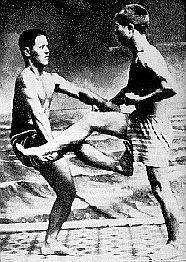 (L) Chojun Miyagi, Juhatsu Kiyoda |
References/Bibliography
Reid Howard/Croucher Michael. The Way of the Warrior. Agincourt, Canada: Methuen Publications, Eddison/Sadd Editions Limited, 1983.
Sakagami Ryusho. Karate-do Taikan-Pinan. Tokyo, Japan: Kyusei Inc., 1974.
Nakaya Takao. Karate-do History and Philosophy. Carrollton, Texas: J.S.S. Publishing Co., 1986.
Haines Bruce A. Karate's History and Traditions. Tokyo, Japan: Charles E. Tuttle Co. Inc., 1974.
Draeger Donn F. The Martial Arts and Ways of Japan. New York/Japan: John Weatherhill, Inc., Vol. I, 1983; Vol. II, 1982; Vol. III, 1983.
Corcoran John/Farkis Emil, Martial Arts-Traditions, History, People. New York: Gallery Books, An Imprint of W.H. Smith Publishers, Inc., 1983.
Corcoran John. The Martial Arts Companion-Culture, History, and Enlightenment. New York: Michael Friedman Publishing Group, 1992.
Mc Carthy Patrick. Classical Kata of Okinawan Karate. Burbank, California: Ohara Publications, Inc., 1987.
Mc Carthy Patrick. The Bible of Karate Bubushi. Tokyo, Japan: Charles E. Tuttle Co. Inc., 1995.
Bishop Mark. Okinawan Karate, Teachers, Styles and Secret Techniques. London, Great Britain: A & C Black (Publishers) Ltd., 1989.
DeMarco Michael A. Journal of Asian Martial Arts. Erie, Pennsylvania: Via Media Publishing Co., 1994.
Sells John. Everything you always wanted to know about Karate....Karate/Kung Fu Illustrated Article.
Pruim Andy. A Karate Compendium, Karate Histories from Te to Z: Karate Magazine Article.
Melton James R. The Evolution Of Karate, From Fighting Method to Sport and Self-defense System: Karate Magazine Article.
O'Neill Terry. Fighting Arts International. Article by Graham Noble, The History and Development of the 'Empty Hand' Art....: Merseyside, England.
Kai Kuniyuki. Okinawan Goju-ryu Book: Japan, 1989.
Moledzki Sam. Personal Data and Photograph Archives: Toronto, Canada.